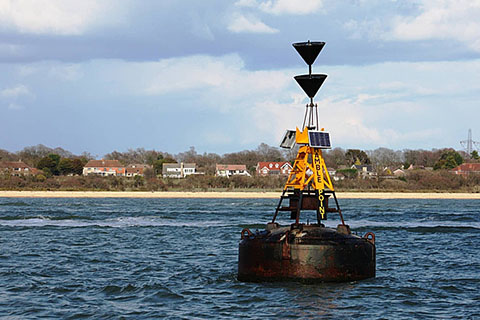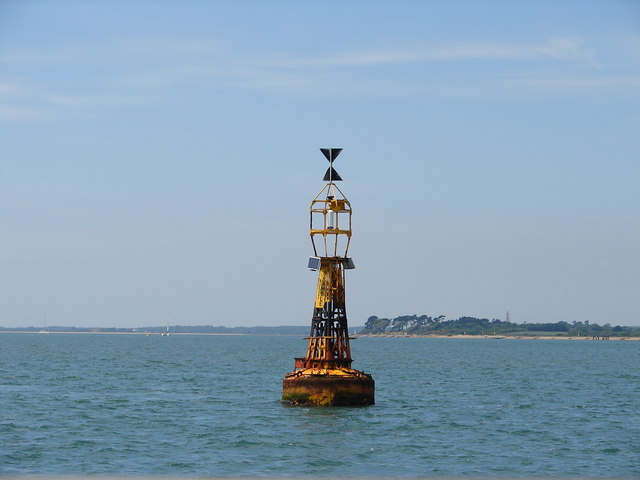Navigation Buoys
Buoys, those colourful floating objects you see bobbing on the water, have a fascinating history and a vital purpose. They've been aiding mariners for centuries. These floating markers have evolved from humble beginnings. In ancient times, they were often just logs or barrels placed in the water to guide ships safely. But as maritime navigation became more complex, so did buoys.
Today, buoys are specially designed floating devices that serve several critical purposes. They mark channels, which are like roadways for boats, ensuring vessels stay in safe, deep waters and avoid hidden hazards like rocks or shoals. Some buoys also indicate the locations of shipwrecks or underwater obstacles. Buoys can display various colours, shapes, and lights to convey specific information to sailors. For instance, a red buoy might mean "stop" or mark the right side of a channel when entering from the sea, while a green buoy indicates the left side. Buoys are indispensable tools in modern maritime navigation, helping ships of all sizes sail smoothly and securely through our waters.




